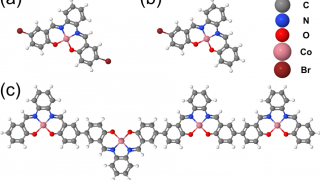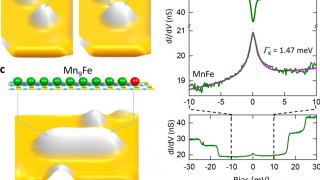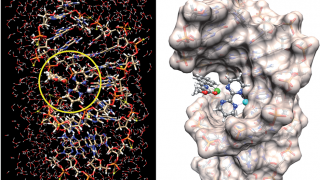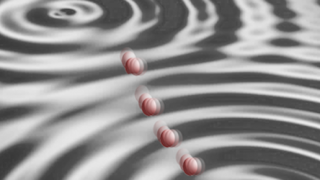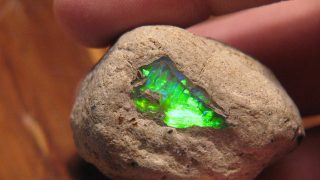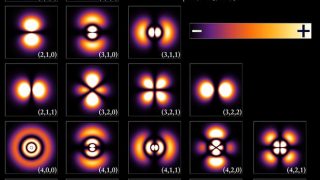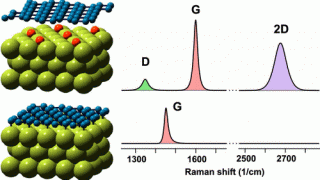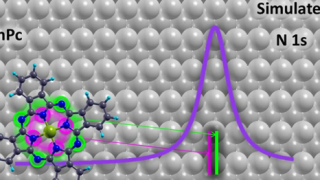
Unexpected molecular core level shifts in nanoarchitectures
Mimicking natural processes has been a recurrent strategy for the development of new technologies, from velcro to bullet trains. Thanks to the advances in scientific knowledge and technological tools achieved over the last decades, biologically inspired research has evolved from the macroscale to the nanoscale. This poses an interdisciplinary challenge, involving fields such as molecular […]

